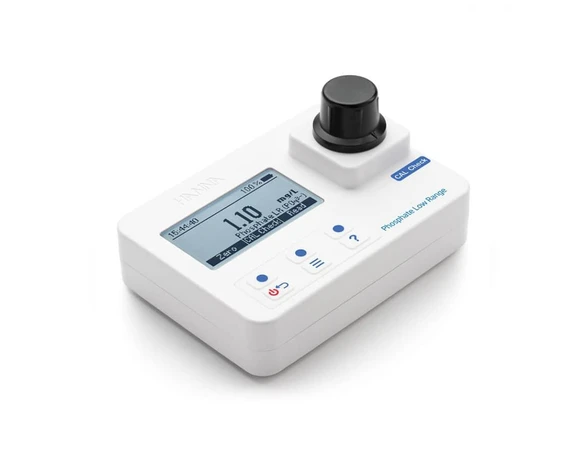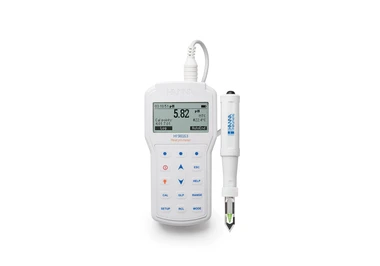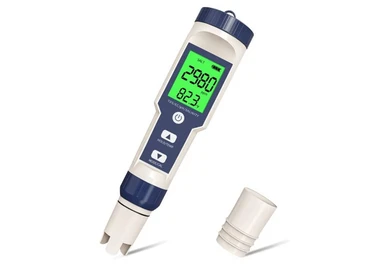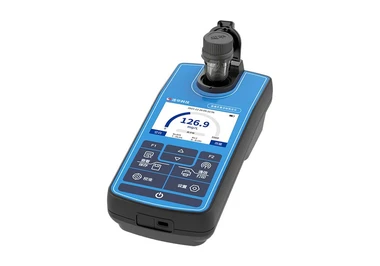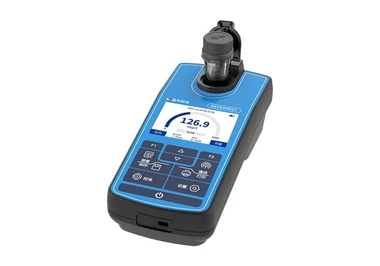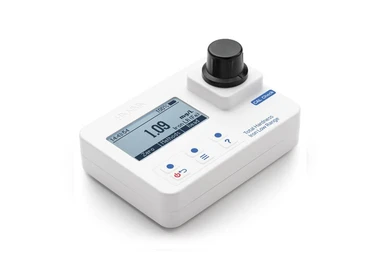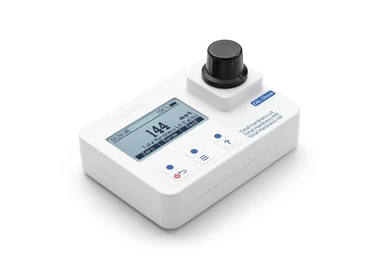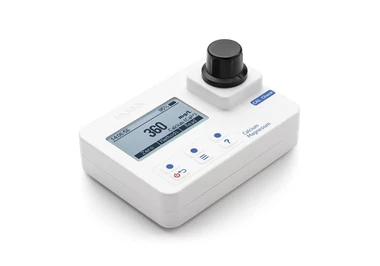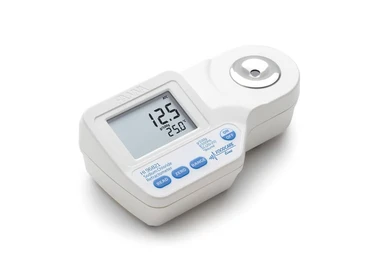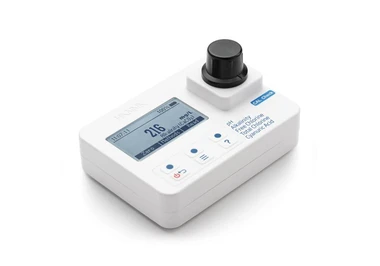What is phosphate?
Phosphates are inorganic compounds of phosphorus, phosphines, or their anhydrous molecular formula is polyphosphates. Polyphosphates are used to control scaling and corrosion in water.
In chemistry, phosphate is an anion derived from phosphoric acid. It usually means orthophosphate, a derivative of phosphoric acid. The phosphate ion or orthophosphate is obtained by removing three protons from phosphoric acid.

Effects of excess phosphate in water
Excessive phosphate in water makes it cloudy and reduces oxygen. All plants need phosphate to grow, but phosphorus is normally present in surface waters at levels of 0.02 parts per million. Excess levels in water lead to widespread growth of algae, which include aquatic plants, including many single-celled floating plants. Excessive amounts of algae in water reduce the sunlight available to other plants and sometimes kill them. When the algae die, decomposing bacteria use up the oxygen dissolved in the water, causing the death and sometimes suffocation of aquatic life.
Phosphorus standard in rivers and lakes
When the total amount of phosphorus in rivers exceeds 100 parts per billion (ppb) or in lakes exceeds 50 ppb, eutrophication, or the algal bloom effect, occurs, which poses a risk. Its excessive level also affects the process of drinking water treatment plants.
Phosphorus and Water Quality
Phosphorus is one of the main elements necessary for the growth of plants and animals. Phosphates are made up of the element phosphorus.
Types of phosphates
Phosphates exist in three forms: orthophosphate, metaphosphate (or polyphosphate), and organic phosphate.
Each phosphorus-containing compound has a different chemical formula. Orthophosphate forms are produced by natural processes and are found in wastewater. Polyphosphate forms are used to treat boiler water and detergents. Polyphosphates are converted to orthophosphate in water.
Small amounts of concentrated phosphates are added to some water sources during treatment to prevent corrosion, and this chemical is widely used in boiler water treatment.
Methods of phosphorus removal
Mechanical treatment of phosphorus
During mechanical treatment, phosphorus contained in particulate matter is removed from the wastewater along with the primary sludge, which results in the removal of 10-15% of the total phosphate.
Physico-chemical purification of phosphorus
The most reliable and common process for chemical removal of phosphorus deposits is the addition of metal salts. The dissolved phosphorus is converted into solids that are removed from the wastewater along with the sludge.
Preventing the formation of deposits in the boiler
Chemical treatment of boiler water is essential to control scale and corrosion and prevent scale formation. Scale and sludge formation can cause pipe failure, restrict flow, reduce system efficiency, and reduce boiler system reliability.
The Relationship of Boiler Scale to Phosphate Control.
Boiler scale is a deposit formed by exceeding the solubility limit of the constituent and depositing the resulting compounds directly on heat transfer surfaces. Such deposits may contain calcium, magnesium, phosphate, iron, and silica. When calcium deposits occur in the form of calcium carbonate, a hard form of boiler scale is produced. Therefore, to prevent scale formation, phosphate dosage must be carefully controlled to prevent damage to the system and reduce its efficiency, thereby reducing the costs of boiler repairs and scale removal.
*The laboratories of Abrizan Industrial Research Company, located in Fars Science and Technology Park, are capable of measuring various water parameters, including phosphate, using advanced devices and equipment.

